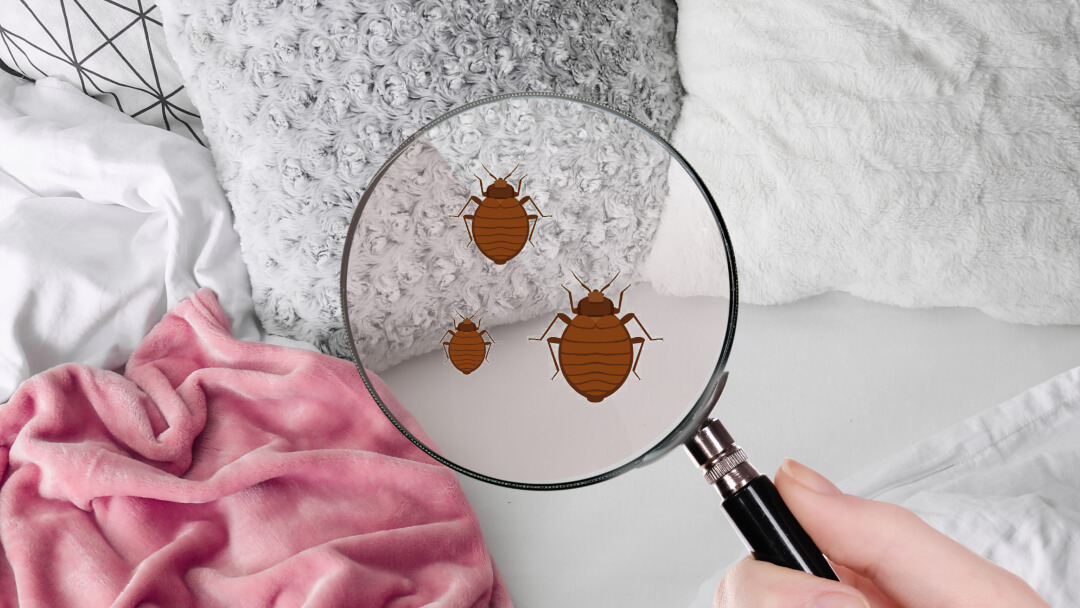Comprehending the Lifecycle of Insects for Targeted Control Strategies
Recognizing the lifecycle of bugs is an essential aspect of reliable insect administration approaches. By understanding the numerous stages of growth that bugs undergo, an extra targeted and exact approach can be embraced to control their populaces. This understanding not just drops light on the susceptabilities within the bug lifecycle but additionally paves the means for executing strategic procedures that can disrupt their growth and recreation cycles. Through a deeper understanding of exactly how bugs evolve and prosper, tailored control methods can be designed to attend to specific factors in their lifecycle, inevitably resulting in even more successful bug management results.
Relevance of Understanding Insect Lifecycle
Comprehending the lifecycle of insects is vital for establishing efficient and targeted control techniques in insect management. By comprehending the numerous phases a bug goes with from egg to adult, pest control professionals can recognize prone factors in the lifecycle where intervention can be most successful.
In addition, identifying the certain environmental conditions essential for each and every phase of the insect's lifecycle can guide choices on environment modification or exclusion approaches to reduce and interfere with the lifecycle bug populations. This expertise allows pest administration professionals to carry out positive measures instead of counting exclusively on reactive therapies, causing more lasting and long-term pest control options. Eventually, a thorough understanding of parasite lifecycles equips parasite control professionals to tailor their methods efficiently, decreasing environmental influences and optimizing control outcomes.
Trick Stages in Insect Growth
To effectively execute targeted control methods in bug monitoring, a crucial aspect lies in comprehensively determining and comprehending the essential stages in bug advancement. Bug advancement commonly is composed of numerous vital phases that are critical for their lifecycle and monitoring.

Vulnerabilities in Insect Lifecycle
Throughout the numerous stages of a bug's lifecycle, distinct vulnerabilities arise that can be purposefully targeted for effective control procedures (A1 Bed bug Exterminator houston). One important susceptability lies in the egg stage, where bugs are often much more prone to particular pesticides or organic control representatives due to their soft external covering, making them less complicated targets for intervention. Recognizing these vulnerabilities in the parasite lifecycle is crucial for establishing exact and reliable control strategies that efficiently handle bug populaces while minimizing environmental effect.
Carrying Out Targeted Control Measures

Carrying out targeted control measures usually entails a multi-faceted method. This might consist of habitat adjustment to make the atmosphere much less hospitable to insects, such as getting rid of standing water for insect control or sealing entrance factors for rats. In addition, biological control techniques can be used, where all-natural killers or pathogens are introduced to keep bug populaces in check.
Integrated Parasite Monitoring (IPM) methods that combine various control actions in a collaborated and sustainable manner are usually the most reliable in accomplishing long-term parasite administration goals. By implementing targeted control actions based on a complete understanding of insect lifecycles, pest populaces can be successfully controlled while decreasing dangers to human wellness and the setting.
Enhanced Parasite Administration Practices

Furthermore, the unification of organic control representatives, such as natural predators or microorganisms of parasites, can help in reducing dependence on chemical pesticides and promote an extra balanced ecological community. Executing physical obstacles and traps can additionally be part of improved pest administration techniques, providing safe and targeted solutions for bug control. In addition, the use of scents and other semiochemicals can interrupt pest breeding patterns and communication, resulting in lowered insect populaces with time.
Conclusion
To conclude, understanding the lifecycle of insects is critical for effective insect monitoring strategies. By identifying crucial phases in pest development and susceptabilities in their lifecycle, targeted control actions can be executed to minimize pest populations. Improved bug management methods can help in reducing the reliance on broad-spectrum pesticides and promote more environmentally friendly and sustainable insect control techniques. This expertise plays an essential role in maintaining healthy communities and agricultural efficiency.
Recognizing the lifecycle of parasites is crucial for creating reliable and targeted control methods in bug administration. By comprehending the various phases a parasite goes with from egg to adult, pest control professionals can recognize prone points in the lifecycle where intervention can be most effective. Inevitably, a complete understanding of bug lifecycles empowers pest control experts to customize their techniques effectively, making the most of and decreasing ecological impacts control end results.
By carrying out targeted control measures based on a thorough understanding of bug lifecycles, insect populaces can be successfully controlled while decreasing dangers to human health and the atmosphere.
By identifying vital stages in parasite advancement and susceptabilities in their lifecycle, targeted control procedures can be implemented to lessen pest populaces.